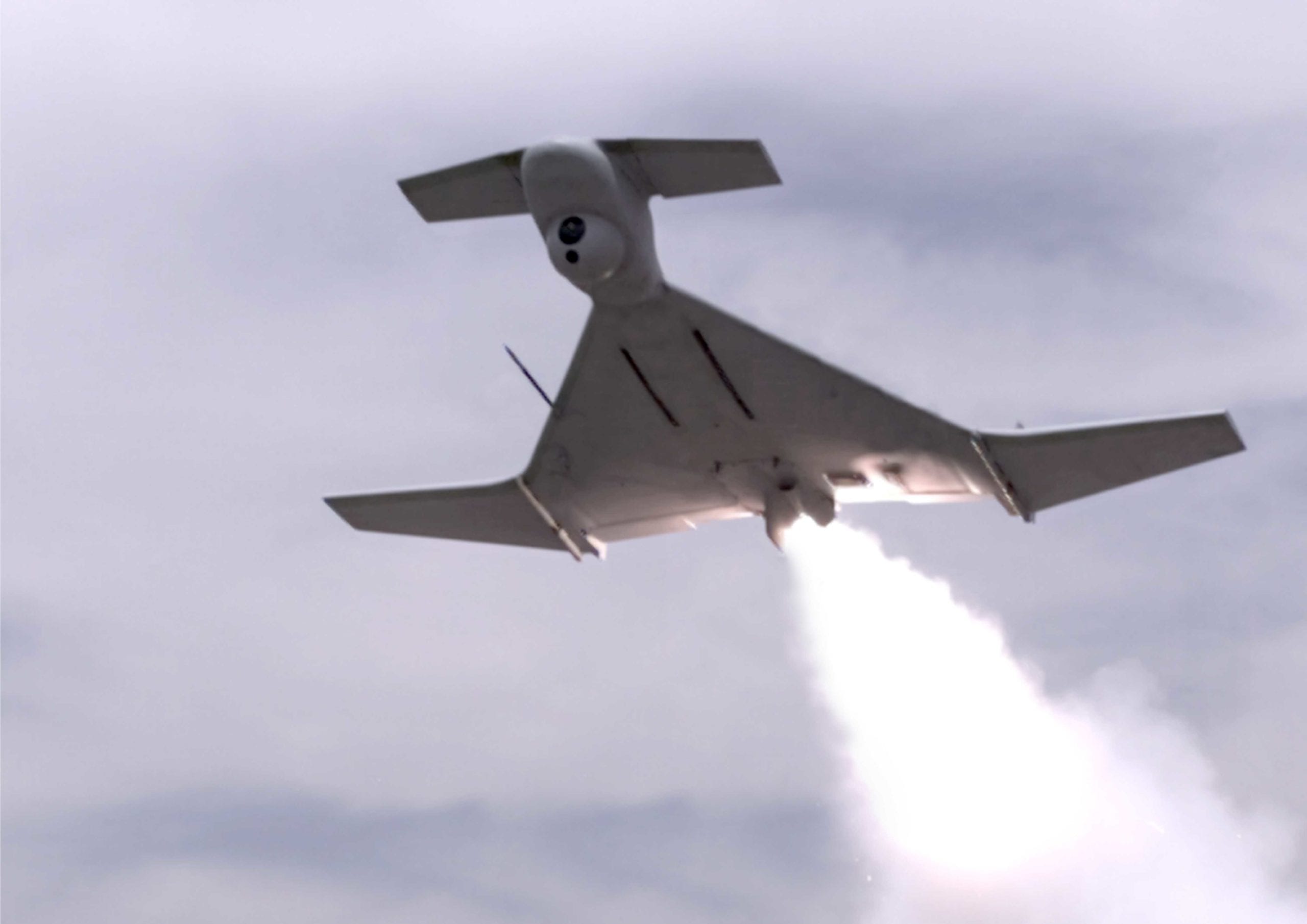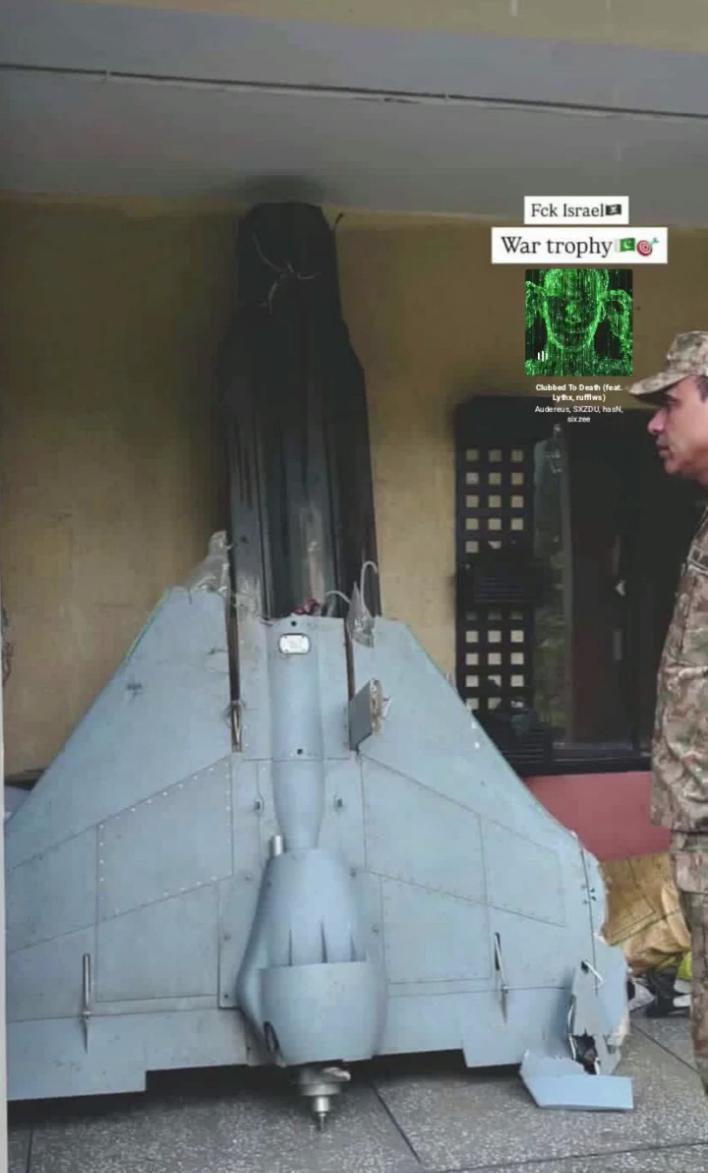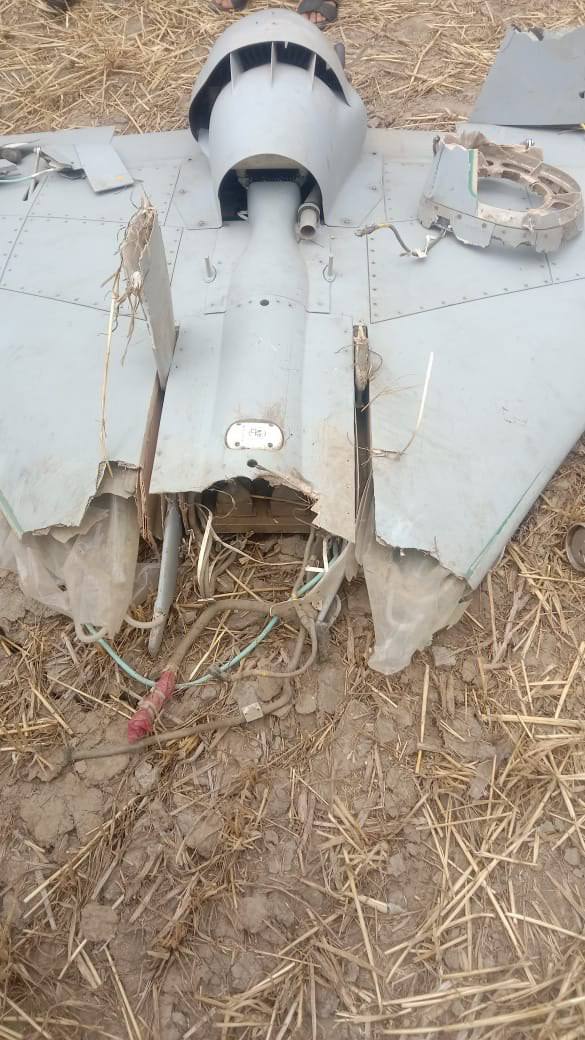“Radar Killers” Over Karachi: India Deploys Israeli Harop Suicide Drones in Cross-Border Blitz
The integration of suicide drones into India’s retaliatory strike package marks a significant doctrinal shift, reflecting a broader trend in 21st-century warfare where loitering munitions are now viewed as indispensable tools for precision strikes, psychological operations, and suppression of enemy defences.
(DEFENCE SECURITY ASIA) – The simmering hostility between two of Asia’s nuclear-armed powers has escalated dramatically, as India reportedly unleashed loitering munitions—commonly known as suicide drones—alongside artillery and missile strikes against what it designates as “terror infrastructure” deep within Pakistani territory.
The integration of suicide drones into India’s retaliatory strike package marks a significant doctrinal shift, reflecting a broader trend in 21st-century warfare where loitering munitions are now viewed as indispensable tools for precision strikes, psychological operations, and suppression of enemy defences.
India’s use of these systems mirrors the evolving tactics witnessed in the war in Ukraine, where both Russian and Ukrainian forces have deployed vast fleets of loitering munitions to conduct high-impact raids on enemy positions, command posts, and critical infrastructure with devastating efficiency.
In a stark display of drone-enabled escalation, both New Delhi and Islamabad have reportedly increased their use of these kamikaze-style drones—whether sourced from foreign suppliers or developed indigenously—to target military installations across each other’s territory.
Islamabad has accused India of employing suicide drones to strike targets in multiple areas, including the strategic urban centres of Karachi and Lahore—Pakistan’s largest cities and critical military hubs.
While Indian officials have remained tight-lipped about the specific platforms involved, local media outlet quoted defence sources in New Delhi as saying that the country’s integrated air defence and counter-UAV grid was fully activated on Wednesday night, resulting in the successful interception of several Pakistani armed drones, loitering munitions, and missiles aimed at 15 military facilities, including the high-value Indian Air Force (IAF) bases in Pathankot and Srinagar.
“Indian drones continue to intrude into Pakistan’s airspace… (India) will continue to pay dearly for this naked aggression,” warned Major General Ahmed Sharif Chaudhry, spokesperson for the Pakistan Armed Forces, as tensions continued to surge.

Among the drones reportedly deployed by India is the IAI Harop, an Israeli-designed loitering munition that functions as both a surveillance platform and a precision-guided missile, capable of autonomously identifying and eliminating high-value enemy assets.
In an official statement, Pakistan’s Ministry of Defence claimed that its armed forces have thus far shot down 25 Israeli-made Harop drones, allegedly launched by Indian forces during the ongoing hostilities.
“Debris of Israeli-made Harop drones is being recovered from various areas across Pakistan,” the ministry stated, with multiple videos circulating on social media purporting to show drone fragments retrieved by Pakistani military personnel.
New Delhi has so far declined to confirm the operational use of Harop drones in its latest air-ground campaign against Pakistani targets.
However, Indian defence officials have acknowledged a deliberate effort to neutralize Pakistan’s air defence systems, particularly in the Lahore region, as part of a broader and more aggressive military strategy in response to sustained cross-border provocations.
Developed by Israel Aerospace Industries (IAI), the Harop loitering munition is purpose-built for Suppression of Enemy Air Defence (SEAD) and Destruction of Enemy Air Defence (DEAD) missions, enabling forces to locate, surveil, and strike radar-emitting air defence assets with surgical precision.

Unlike conventional unmanned aerial vehicles (UAVs), the Harop combines the functions of a surveillance drone and a strike missile, capable of loitering over contested airspace for up to six hours before diving directly onto its target with a high-explosive warhead.
With a 3-meter wingspan and a launch weight of approximately 135 kilograms, the Harop is equipped with advanced electro-optical and infrared (EO/IR) sensors that allow for real-time identification and man-in-the-loop targeting, reducing the risk of collateral damage while enhancing kill probability.
Once launched from canister-based systems, the drone can autonomously patrol designated air corridors, detect enemy radar signals, and lock onto high-value electromagnetic emitters—making it highly effective against both fixed and mobile air defence platforms.
Its reputation as a “radar killer” stems from its battlefield record of neutralizing surface-to-air missile (SAM) sites before enemy crews can reposition or respond, giving attacking forces a significant tactical edge in the opening stages of any air campaign.
The Harop first gained global attention during the Nagorno-Karabakh conflict, where Azerbaijan employed it to devastating effect against Armenian radar stations, armoured formations, and artillery units—demonstrating its game-changing potential in conventional warfare.
India is one of several confirmed operators of the Harop, having reportedly procured over 50 units to bolster its high-value strike capabilities and to support SEAD operations along volatile sectors like the Line of Control (LoC) in Kashmir.

Indian deployment of the Harop in this latest round of hostilities underscores a calculated shift towards unmanned warfare—driven by a need to dominate enemy airspace, reduce pilot risk, and deliver precision-guided effects in heavily contested theatres.
Why Harop? Strategic Calculations Behind India’s Deployment
1. Neutralization of Pakistan’s Air Defence Grid
At the heart of India’s tactical calculus is the need to swiftly disable Pakistan’s radar and missile defence network, allowing follow-on air or missile strikes to proceed with minimal resistance—an objective tailor-made for loitering munitions like Harop.
2. Pinpoint Strikes with Minimal Collateral Impact
Harop’s precision EO/IR guidance system and man-in-the-loop control make it an ideal weapon for eliminating specific threats in urban areas such as Lahore or Karachi without causing widespread civilian harm.
3. Psychological Warfare Through Persistent Threat
The loitering capability of Harop introduces a continuous airborne threat, eroding enemy morale and overwhelming defence operators who must remain alert for hours under the constant risk of sudden, unseen attack.
4. Combat-Proven, Cost-Effective and Scalable
India’s long-standing familiarity with the Harop system, paired with its lower operational cost compared to manned fighter sorties, provides a highly scalable and low-risk strike option, particularly in regions defended by modern SAM systems.
5. Seamless Integration with Real-Time ISR Networks
Operating in tandem with satellite imagery, radar feeds, and other airborne sensors, the Harop provides India with a responsive strike asset that can identify and engage targets based on near-instantaneous battlefield intelligence.

As drone warfare becomes increasingly central to modern military doctrine, the Harop stands at the nexus of autonomy, precision, and lethality—a symbol of how high-end loitering munitions are rewriting the rules of engagement in regional conflicts.
In the current South Asian flashpoint, where two nuclear-armed states are locked in a fast-escalating confrontation, India’s employment of Israeli-built suicide drones signals a new phase of technologically enabled warfare—one that places loitering munitions at the very core of modern deterrence and offensive capability.
— DEFENCE SECURITY ASIA


